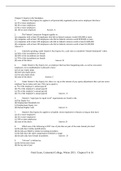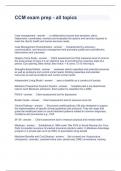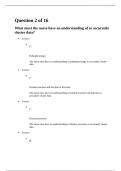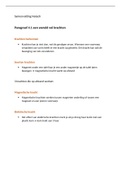Exam (elaborations)
HRPD 706 Final Exam Questions and Answers- Centennial College
- Course
- Institution
HRPD 706 Final Exam Questions and Answers- Centennial College/HRPD 706 Final Exam Questions and Answers- Centennial College/HRPD 706 Final Exam Questions and Answers- Centennial College/HRPD 706 Final Exam Questions and Answers- Centennial College/HRPD 706 Final Exam Questions and Answers- Centenni...
[Show more]






